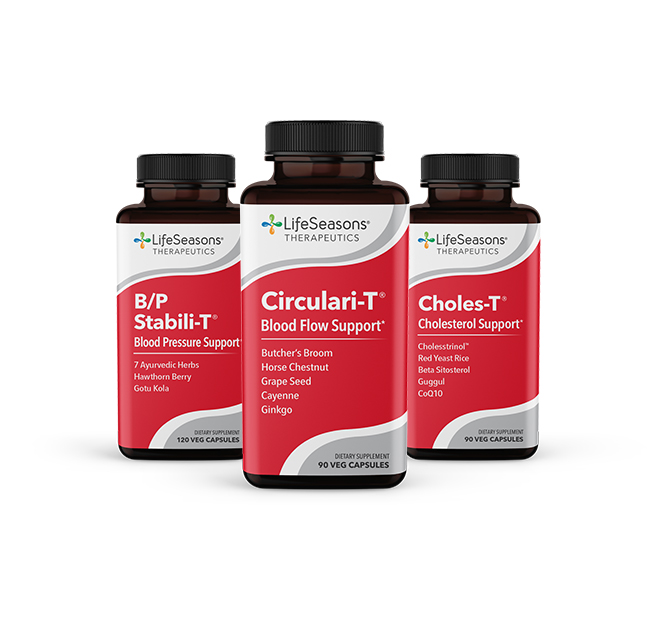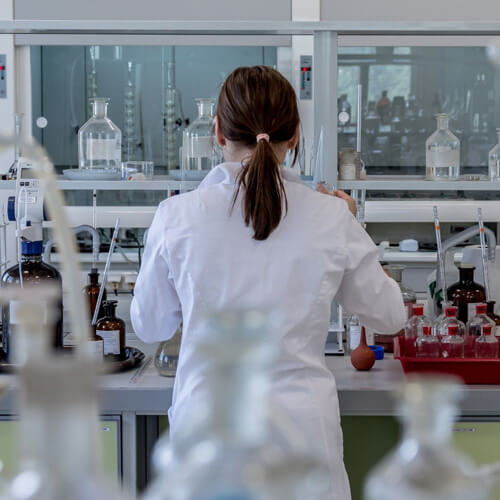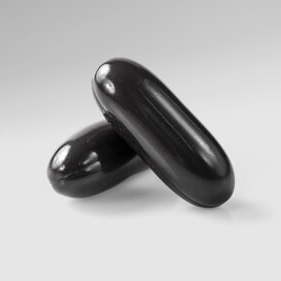WHAT ARE YEAST INFECTIONS?
Yeast infections differ from UTI’s because they are caused by an overgrowth of fungus instead of an introduction of foreign bacteria. The imbalance of a yeast infection occurs whenever the candida yeast culture starts to outnumber the good bacteria in your gut. A severe yeast infection, if not taken care of, will spread from your stomach to the intestines, and eventually take over the whole entire gastrointestinal tract. In rare and serious cases, yeast can even enter your bloodstream and spread to the whole entire body, this condition is called candidemia (1).
The term yeast infection most commonly refers to genital infections. Genital yeast infections are very common as an estimated 75% of women will get it in their lifetime (2). However, a yeast infection can also occur in the mouth (often referred to as thrush, and most commonly seen in infants).
RISK FACTORS FOR YEAST INFECTIONS
- Antibiotic use
- Pregnancy
- Uncontrolled diabetes
- Impaired immune system
- Taking oral contraceptives or hormone therapy (3)
SYMPTOMS OF YEAST INFECTIONS
- Itching and irritation in the vagina
- A burning sensation during intercourse or while urinating
- Redness and swelling of the vagina
- Watery vaginal discharge
- Vaginal pain and soreness
- Vaginal rash
- Thick, white, odor-free vaginal discharge with a cottage cheese appearance (3)
MEDICAL TREATMENT OF YEAST INFECTIONS
- Anti-fungal creams
- Anti-fungal medication like fluconazole. Possible side effects include headache, diarrhea, nausea or upset stomach, dizziness, stomach pain, vomiting, changes in the way food tastes, and severe rash (3,4)
WHAT IS CANDIDA?
Candida is a type of fungus that lives everywhere, including on and in the human body. It is most commonly known as the culprit of fungal diseases, such as thrush or yeast infections, in humans. However, candida is not all bad. In small quantities, candida can actually be a good thing. Candida’s main purpose is to assist our digestive tracts with digestion and nutrient absorption. However, whenever candida overproduces, it starts to digest not only our food but also the lining of the intestines. This creates a hole in the intestinal wall and allows the candida to release toxic by-products directly into the bloodstream. This condition is known as “leaky gut” or candidiasis (5).
SYMPTOMS OF CANDIDA
Symptoms vary greatly depending on the location and type of candida infection. Some possible symptoms include:
- Fever and chills
- White patches on the inner cheeks, tongue, roof of the mouth, and throat
- Redness or soreness
- Cottony feeling in the mouth
- Loss of taste
- Pain while eating or swallowing
- Cracking and redness at the corners of the mouth (5)
RISK FACTORS OF CANDIDA
- Central venous catheter
- Weakened immune systems
- Taken broad-spectrum antibiotics
- Kidney failure or hemodialysis
- Surgery, especially gastrointestinal surgery
- Smoking
- Diabetes (5)
MEDICAL TREATMENT OF CANDIDA
- Echinocandin (caspofungin, micafungin, or anidulafungin) given through the vein (intravenous or IV). Side-effects include rash, urticaria, flushing, bronchospasm, hypotension and facial swelling (5,6).
- Amphotericin B. Side-effects include fever and chills, headache, increased or decreased urination, irregular heartbeat, muscle cramps or pain, and nausea (5,7).
NATURAL WAYS THAT SUPPORT REPRODUCTIVE AND DIGESTIVE HEALTH
Practices to Support Healthy Reproductive and Digestive Health:
- Wash hands
- Maintain good oral hygiene
- Rinse your mouth or brush your teeth after using inhaled corticosteroids (5)
- Wear loose-fitting cotton underwear and loose-fitting pants or skirts
- Change out of wet clothes immediately
- Stay out of hot tubs and very hot baths
- Avoid unnecessary antibiotic use (3)
Natural Supplements That Help Support Healthy Reproduction and Digestive Health:
The traditional treatment of yeast infections and candida was through the administration of antibiotics. As mentioned earlier, overuse of antibiotics can cause antimicrobial resistance, which is why many people look for natural and non-invasive treatments.
- Caprylic Acid: Caprylic acid is a type of beneficial saturated fatty acid that is found naturally in coconuts, cow’s milk, coconut oil, human breast milk, and peanut butter. It has antibacterial, antiviral, antifungal and anti-inflammatory properties, which makes it powerful in both preventing and curing urinary tract infections, bladder infections, oral infections like gingivitis, and candida virus, in addition to other diseases (8). A 2001 report published in Acupuncture and Electrotherapeutic Research found that caprylic acid is superior in terms of efficacy, as well as less expensive, than antibiotics such as Diflucan for treating these infections (8).
Learn more about the benefits of caprylic acid.
REFERENCES
- Candida Infection of the Bloodstream–Candidemia. American Thoracic Society. https://www.thoracic.org/patients/patient-resources/resources/candidemia.pdf. Accessed June 18, 2018.
- Vulvovaginal Candidiasis. Centers for Disease Control and Prevention. https://www.cdc.gov/std/tg2015/candidiasis.htm. Accessed June 18, 2018.
- Yeast Infection (vaginal). Mayo Clinic. https://www.mayoclinic.org/diseases-conditions/yeast-infection/symptoms-causes/syc-20378999. Accessed June 18, 2018.
- Fluconazole, Oral Tablet.Healthline.https://www.healthline.com/health/fluconazole-oral-tablet#side-effects. Accessed June 18, 2018.
- Invasive Candidiasis Risk & Prevention. Centers for Disease Control and Prevention. https://www.cdc.gov/fungal/diseases/candidiasis/invasive/risk-prevention.html. Accessed June 18, 2018.
- ECHINOCANDINS. National Institutes of Health. https://livertox.nih.gov/Echinocandins.htm. Accessed June 18, 2018.
- Amphotericin B (Intravenous Route, Injection Route). Mayo Clinic. https://www.mayoclinic.org/drugs-supplements/amphotericin-b-intravenous-route-injection-route/side-effects/drg-20061771. Accessed June 18, 2018.
- Takahashi M, Inoue S, Hayama K, Ninomiya K, Abe S. [Inhibition of Candida mycelia growth by a medium chain fatty acids, capric acid in vitro and its therapeutic efficacy in murine oral candidiasis]. Med Mycol J. 2012;53(4):255-61.









